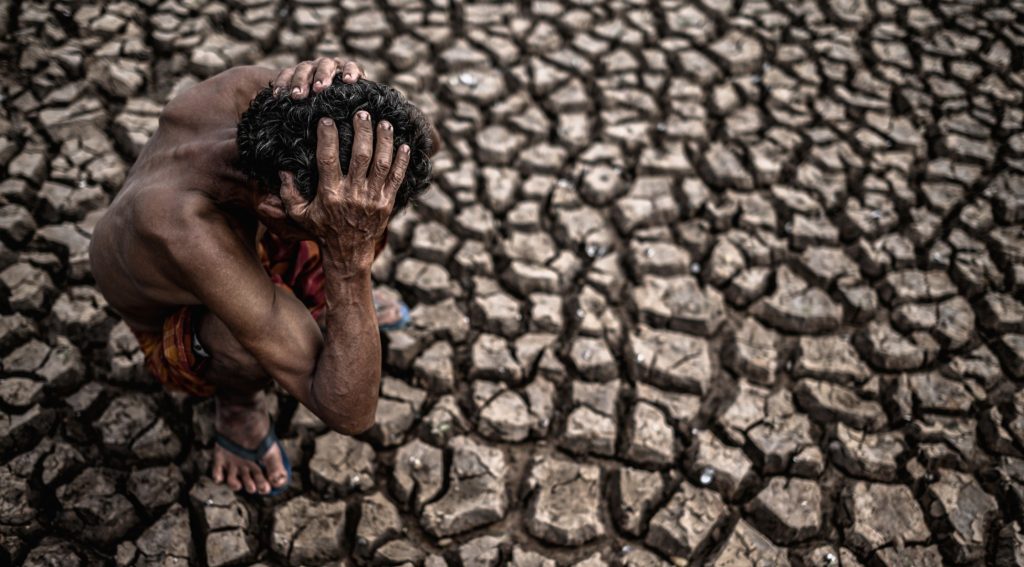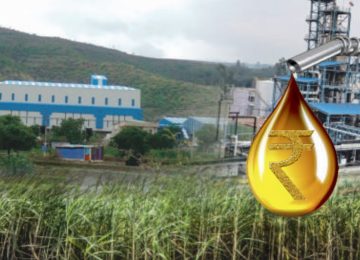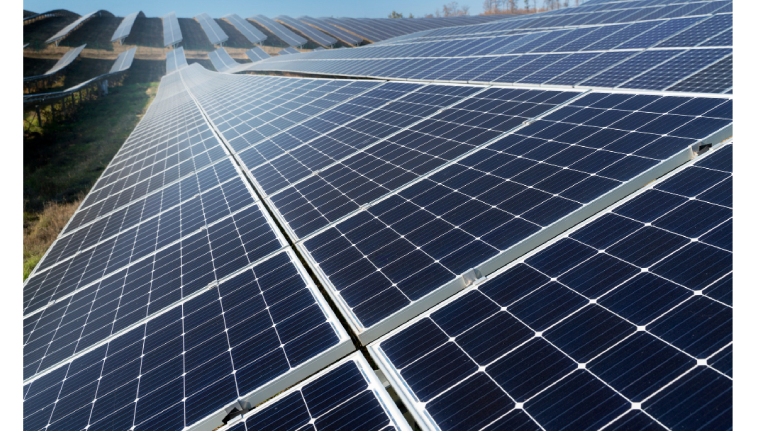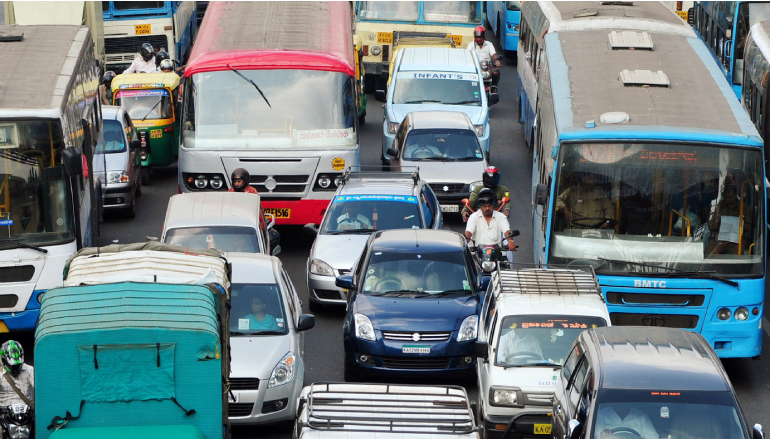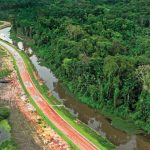I remember when monsoon rains in India meant playing in the drizzle and enjoying pakoras. But now, the same monsoons bring deadly floods, landslides, chaos and crisis. Every year, the news is filled with images of submerged cities, washed-away villages, and families stranded on rooftops. It’s impossible to ignore the erratic rainfalls.
Are these the new norm?
I am focusing on rains as the monsoon has already made its advancements to many states in the country. However, the northern part of the country is still fighting the peak of summer. In some regions, the MET department has issued warnings of another heatwave for northern India, with temperatures often exceeding 45°C.
We, as a country, have started accepting climate change as a reality. However, India is consistently ranked among the most vulnerable countries to climate change. Recent reports highlighted India’s position as the seventh most vulnerable country globally to climate change impacts. This means India is highly susceptible to climate impacts and the readiness needs significant improvement.
The frequency and intensity of extreme climate events in India have increased by almost 200% since 2005. Extreme rainfall events in India tripled between 1950 and 2015, while the frequency of dry spells has also increased. This duality of extreme wet and dry spells points to a severely disrupted hydrological cycle.
A close look at the climate incidents of 2024 alone will make one understand the magnanimity of the challenges unfolding. In 2024, India experienced extreme weather events on 322 out of 366 days, marking an increase from 318 days in 2023 and 314 days in 2022. This means nearly 88% of the year saw extreme weather in one or more parts of the country.
- Extreme Heatwaves (March-June 2024): Spread across Delhi, Rajasthan, Uttar Pradesh, Bihar, Odisha, Andhra Pradesh, Maharashtra, Kerala, and other regions. Some areas saw record-breaking temperatures (over 50°C), resulting in severe water shortages, heatstroke deaths, and reduced agricultural output. Over 100 casualties were reported due to heat-related illnesses, and in fact, human-caused climate change added an average of 41 days of “dangerous” heat in 2024. The night temperatures were also significantly affected, with the annual minimum temperature being the highest ever since 1901.
- Cyclone Remal (May 2024): Affected West Bengal, Odisha, and Bangladesh, recording widespread damages and displacing thousands.
- Floods in Assam and Northeast India (June-July 2024): Resulted in over 500 villages submerged, 100,000+ displaced, and significant crop damage.
- Urban flooding: Cities like Mumbai, Bangalore, and Chennai saw intense monsoon rainfall in a short period, disrupting normalcy and highlighting inadequate drainage infrastructure. For instance, Mumbai residents often refer to flooding as an “annual event.”
- Landslides in Himachal Pradesh, Uttarakhand, Kerala led to road blockages, destroyed homes, widespread infrastructure damages, and stranded tourists.
- Drought-like Conditions in Karnataka, Maharashtra: Forced some regions of these states into severe water scarcity, leading to crop failures and immense farmer distress. This has significant economic repercussions, particularly for the agriculture sector which employs a large percentage of India’s workforce.
The data from 2023 and even before paints a more grim picture. A prime example is the Himachal Pradesh & Uttarakhand Floods of 2023, where over 500 people died, roads and bridges were swept away, and Shimla experienced 400% excess rainfall. The disturbing images of the Kerala floods in 2018 and 2022 are still etched in our memories.
These escalating events have translated into substantial human and economic costs. Fatalities attributed to extreme weather reached 3,472 in 2024, up from 3,287 in 2023 and 3,026 in 2022 – a 15% rise over three years. Agriculture has also suffered severely, with extreme weather events in 2024 affecting at least 4.07 million hectares of cropped land, an 84% increase over 2023.
While experts blame unplanned construction, deforestation, and other man-made measures as the cause of increased climate incidents, we, the citizens, have in many ways resigned to accepting climate change as part of our lives.
What next?
It is critical to build a climate-resilient ecosystem and ready communities in climate preparedness. Blaming poor urban planning and clogged drains should shift to swift actions addressing the issues. This includes:
- Strengthening communities through awareness: Educating the public about climate risks and adaptation strategies is paramount.
- Stricter laws and implementations to curtail carbon emissions: India has set ambitious targets, including achieving net-zero emissions by 2070 and meeting 50% of its energy requirements from renewable sources by 2030. Implementation of Extended Producer Responsibility (EPR) rules for various waste streams to promote circularity.
- Investing in climate-resilient infrastructure: This involves not only improving existing systems but also planning for future climate impacts in urban and rural development.
- Focus on adaptation strategies in agriculture: Developing climate-resilient seeds, preserving groundwater, improving soil health, and modifying cropping practices are crucial to safeguarding food security.
- Enhanced regional cooperation: Addressing water scarcity and other cross-border climate challenges requires collaborative efforts.
While India has increased its adaptation expenditures, the Economic Survey 2024-25 highlighted the significant gap in international climate finance, emphasizing that domestic resources are bearing the brunt of adaptation efforts. The magnitude of the crisis demands a collective and intensified global response to support vulnerable nations like India. We cannot afford to be silent spectators; urgent and decisive action is the only way forward.


